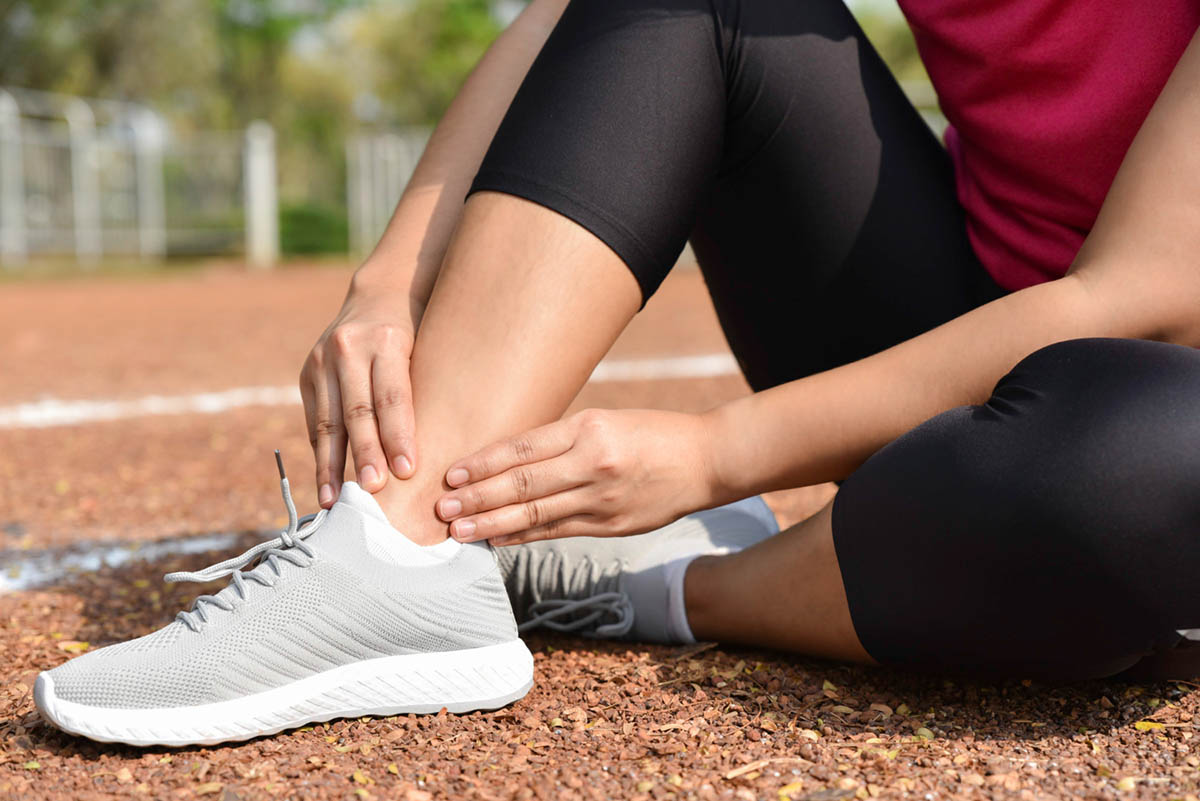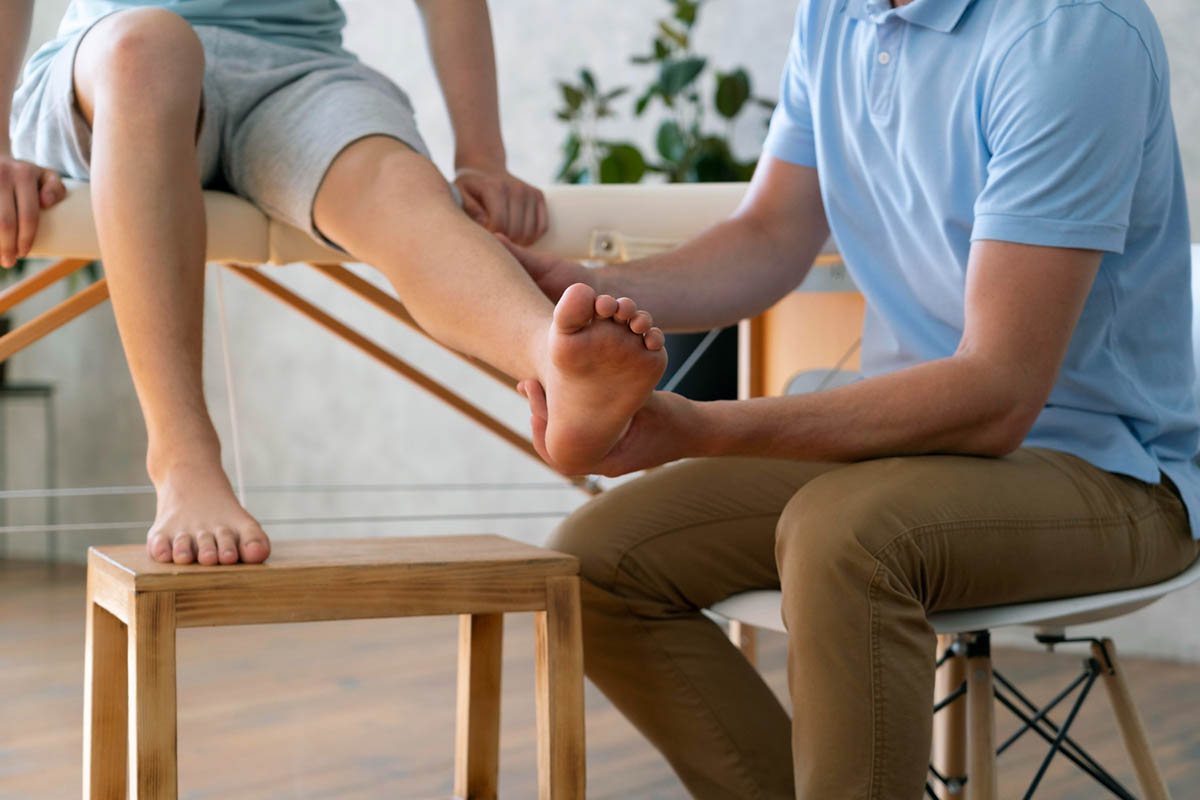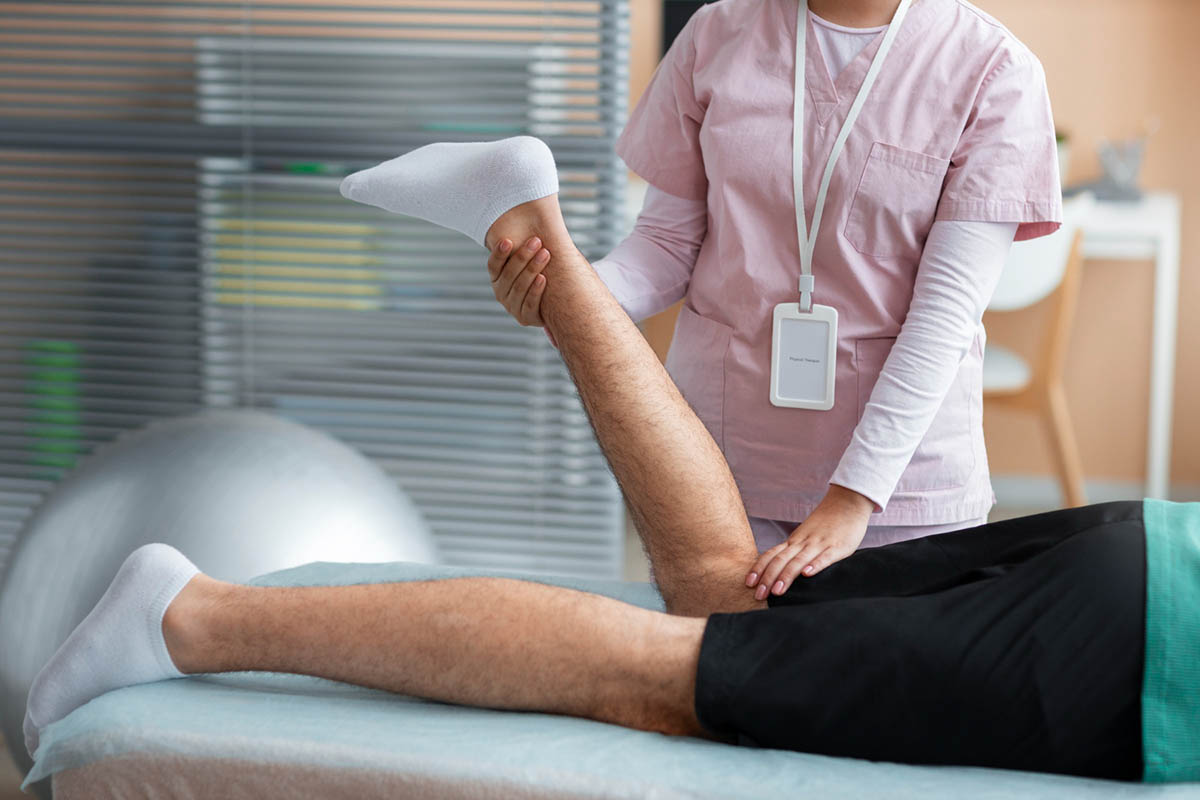Introduction
What is Achilles Tendonitis?
- Insertional Achilles Tendonitis: This type occurs where the tendon attaches to the heel bone. It can affect anyone, whether you’re active or not.
- Non-insertional Achilles Tendonitis: This type involves the fibers in the middle portion of the tendon and is more common in younger, active individuals.
Causes of Achilles Tendonitis
- Overuse: Repetitive activities, such as running or jumping, can strain the Achilles tendon, especially if there’s a sudden increase in activity intensity or duration.
- Tight Calf Muscles: Tight or inflexible calf muscles place extra strain on the Achilles tendon, increasing the risk of inflammation.
- Improper Footwear: Wearing shoes that don’t provide adequate support or have poor shock absorption can contribute to Achilles tendonitis.
- Flat Feet (Overpronation): People with flat feet are more prone to Achilles tendonitis because their arches flatten during movement, putting extra strain on the tendon.
- Aging: The Achilles tendon weakens and becomes less flexible with age, making it more susceptible to injury.
- Sudden Changes in Activity: Rapidly increasing the intensity or frequency of physical activity without proper conditioning can lead to tendonitis.
- Previous Injuries: A history of Achilles injuries can increase the likelihood of developing tendonitis.
Symptoms of Achilles Tendonitis
- Pain and Stiffness: Pain and stiffness along the back of the leg, just above the heel, are common, especially in the morning or after periods of inactivity.
- Swelling: The tendon may become swollen and feel warm to the touch.
- Tenderness: The area may be tender when pressed, particularly along the length of the tendon.
- Thickening of the Tendon: In chronic cases, the tendon may thicken due to ongoing inflammation and degeneration.
- Limited Range of Motion: You may find it difficult to flex your foot or stand on your toes.
The Role of Physical Therapy in Treating Achilles Tendonitis

1. Pain Management
- Manual Therapy: Techniques such as massage, myofascial release, and soft tissue mobilization can reduce muscle tension, improve circulation, and alleviate pain in the affected area.
- Modalities: Therapists may use ice therapy, ultrasound, or electrical stimulation to reduce inflammation and manage pain.
2. Stretching and Flexibility Exercises
- Calf Stretches: Stretching the calf muscles is crucial in relieving tension on the Achilles tendon. Exercises like standing calf stretches and towel stretches can improve flexibility and reduce strain on the tendon.
- Heel Drops: Eccentric exercises, like heel drops, are particularly effective in treating Achilles tendonitis. These exercises help strengthen the tendon and improve its ability to handle stress.
3. Strengthening Exercises
- Eccentric Strengthening: Focused on slowly lowering the heel below the level of a step, these exercises help strengthen the Achilles tendon while lengthening the muscle, which can reduce symptoms and prevent recurrence.
- Resistance Band Exercises: Using resistance bands to perform plantar flexion exercises can help strengthen the calf muscles and improve the overall stability of the ankle joint.
4. Activity Modification
- Guidance on Safe Activities: Your physical therapist will help you modify your activities to reduce strain on the Achilles tendon while maintaining overall fitness. This might include switching to low-impact activities like swimming or cycling while you recover.
- Gradual Return to Activity: Physical therapy includes a structured plan to gradually reintroduce activities that may have caused the tendonitis, ensuring a safe return to your preferred sports or exercises.
5. Gait Analysis and Correction
- Correcting Foot Mechanics: A physical therapist can assess your walking and running mechanics to identify any issues, such as overpronation, that may contribute to Achilles tendonitis. They can then recommend corrective exercises or orthotic devices to improve your gait.
- Shoe Recommendations: Wearing the right shoes is essential for recovery and prevention. Your therapist can guide you in selecting footwear that provides proper support and cushioning.
Preventing Achilles Tendonitis
- Warm Up Properly: Always warm up before engaging in physical activities. Gentle stretching and light cardio can prepare your muscles and tendons for exercise.
- Gradually Increase Activity Levels: Avoid sudden increases in the intensity or duration of your activities. Gradually build up your exercise routine to give your body time to adapt.
- Stretch Regularly: Incorporate stretching exercises into your daily routine, focusing on the calf muscles and Achilles tendon.
- Wear Supportive Footwear: Choose shoes that provide good arch support and cushioning. Replace worn-out shoes regularly to ensure they continue to provide adequate support.
- Strengthen Your Calves: Regularly perform strengthening exercises to keep your calf muscles strong and resilient.
- Listen to Your Body: Pay attention to any signs of pain or discomfort in your Achilles tendon. If you experience pain, stop the activity and seek advice from a physical therapist.
FAQ Section

Q: How long does it take to recover from Achilles tendonitis?
A: Recovery time varies depending on the severity of the condition and how early treatment begins. Mild cases may resolve within a few weeks, while more severe cases can take several months of consistent physical therapy.
Q: Can I still exercise with Achilles tendonitis?
A: It’s important to modify your activities to avoid further strain on the Achilles tendon. Low-impact exercises, such as swimming or cycling, are often recommended while you recover. Your physical therapist can provide specific guidance on safe exercises.
Q: When should I see a physical therapist for Achilles tendonitis?
A: If you experience persistent pain or stiffness in your Achilles tendon, it’s a good idea to consult a physical therapist. Early intervention can prevent the condition from worsening and speed up recovery.
Q: Can Achilles tendonitis go away on its own?
A: In some cases, rest and self-care may improve symptoms, but without proper treatment, the condition can become chronic and lead to more serious issues. Physical therapy is highly recommended to ensure full recovery and prevent recurrence.
Q: What are the risks of not treating Achilles tendonitis?
A: Untreated Achilles tendonitis can lead to chronic pain, tendon thickening, and even tendon rupture, which may require surgical intervention.


